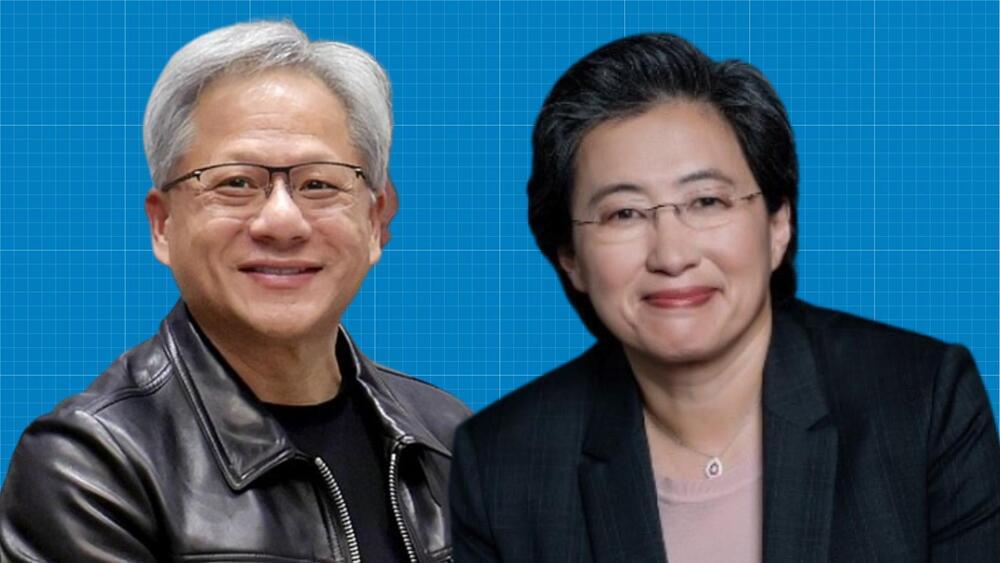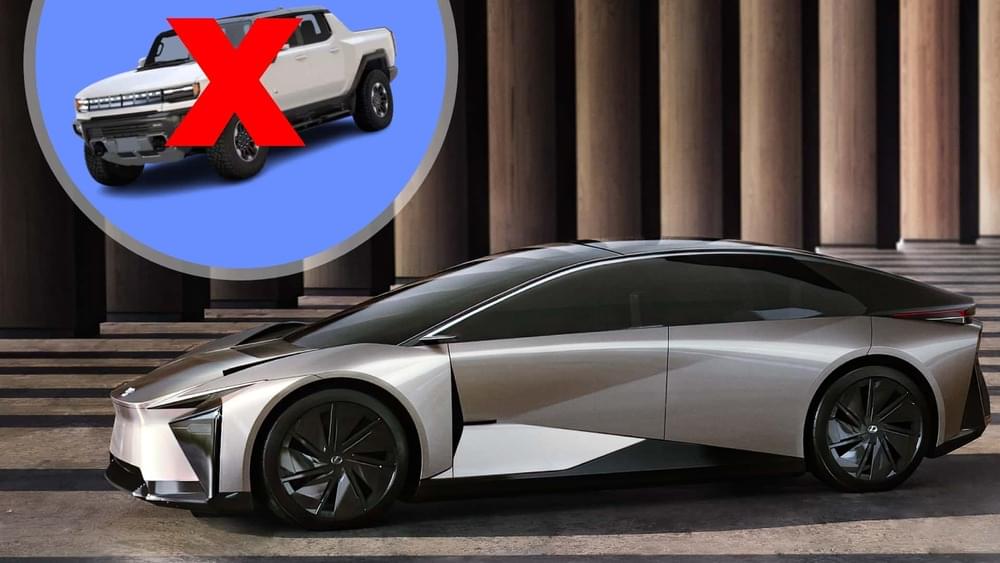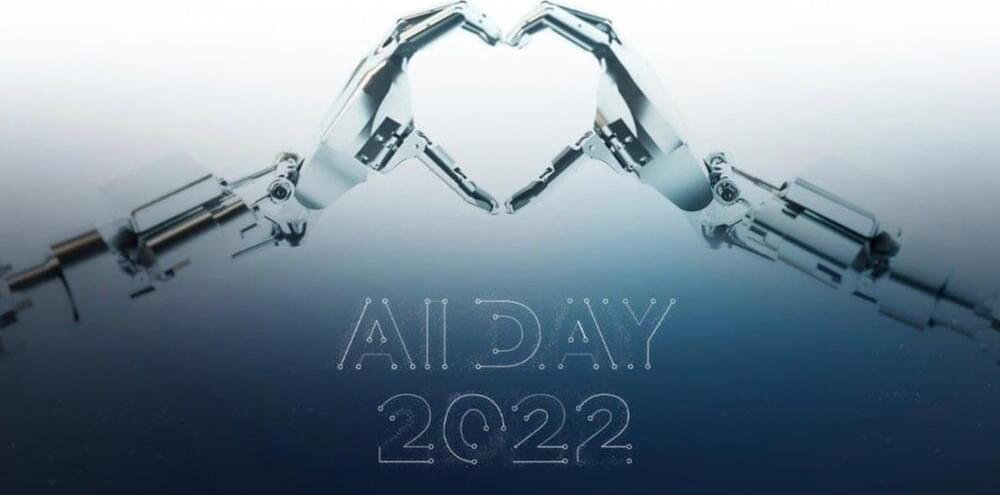Micron President and CEO Sanjay Mehrotra, speaking at the grand opening of the company’s latest advanced production and test… More.
TAICHUNG, Taiwan — U.S. memory chip maker Micron is doubling down on Taiwan and Japan as the key production bases for its cutting-edge products as it battles South Korean rivals to capture demand from the AI boom.
Taiwan and Japan play vital roles in the production of Micron’s most advanced dynamic random-access (DRAM) memory and high-bandwidth memory (HBM) chips, Naga Chandrasekaran, Micron’s senior vice president of technology development, told reporters on Monday. Advanced DRAM and HBM chips are vital for enabling powerful generative AI computing applications such as ChatGPT and Bard.








